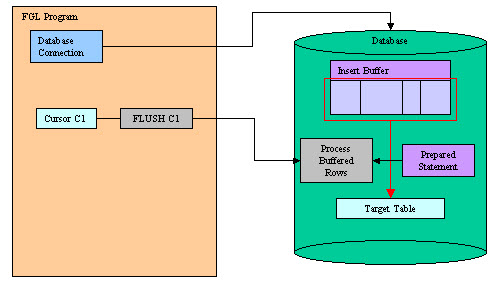

* Write operations to perform in a loop here. * Cursor to iterate rows and assign values to variables */įETCH NEXT FROM m圜ursor INTO global variable will be 1 / true until there are no more rows to fetch */ PRINT this is important, as it tells SQL Server to get the next record and store the column value into the variableįETCH NEXT FROM rowCursor INTO this will release any memory used by the cursorĪ simple cursor syntax, operating on a few example test rows: /* Prepare test data */ and storing the value into a variable called NEXT FROM rowCursor INTO start our loop and keep going until we have no more records to loop through now we will initialize the cursor by pulling the first row of data, in this example the column, this is the query that we want to loop through record by record here we are creating our cursor, as a local cursor and only allowingĭECLARE rowCursor CURSOR LOCAL FAST_FORWARD FOR However in some special cases you may need to loop through your data record by record and perform some action. Normally you would want to avoid using cursors as they can have negative impacts on performance. String Aggregate functions in SQL Server.SQL Server Evolution through different versions (2000 - 2016).Retrieve Information about your Instance.Retrieve information about the database.Microsoft SQL Server Management Studio Shortcut Keys.Export data in txt file by using SQLCMD.

Delimiting special characters and reserved words.Getting started with Microsoft SQL Server.


 0 kommentar(er)
0 kommentar(er)
